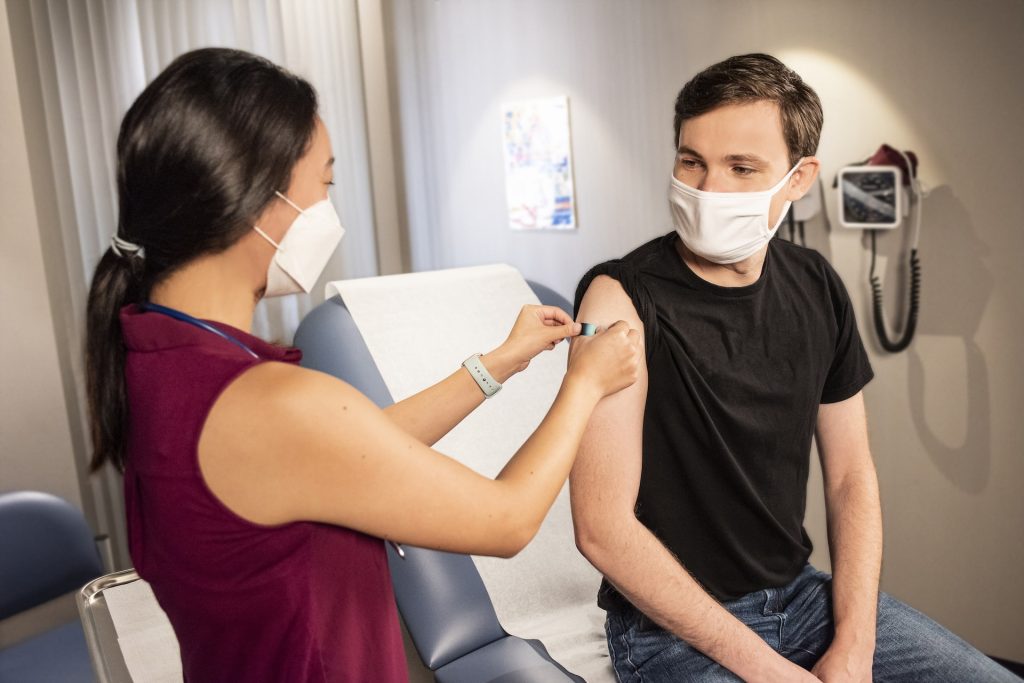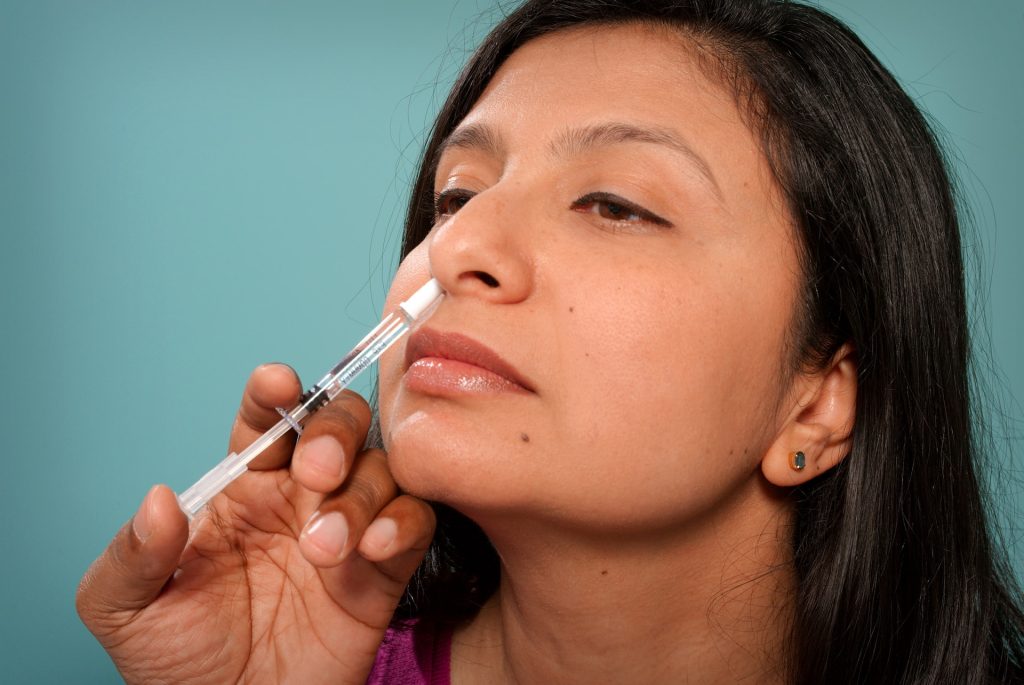Vaccines save millions of lives each year, including the immunocompromised and kids too young to be vaccinated. They train our immune system to recognize and fight pathogens, protecting us from several diseases without getting sick. Some can defend us from viruses for months and years while others for a lifetime. In this article, learn more about these life-saving super inventions with 10 cool facts about vaccines.
10 Cool Facts About Vaccines
Vaccines are some of the best things to have happened in medicine. Here are just a few neat things you should know about them.
1. The First-Ever Successful Vaccine was Developed in 1796
English physician Dr. Edward Jenner developed the first-ever successful vaccine in 1796. It was a smallpox vaccine with fluid from a cowpox sore, a safer viral source than material from smallpox blisters. The recipient, nine-year-old James Phipps, was exposed to the variola virus, the germ that causes smallpox, many times but never developed the illness.
Smallpox was a highly contagious, life-threatening disease that left people with long-term health problems. It has been completely eradicated worldwide because of successful vaccination efforts. The last endemic case was recorded in Somalia in 1977.
2. Global Measles Deaths Have Declined by 73%
Measles is another contagious illness, but unlike smallpox, it still infects thousands globally and is considered a major cause of death among kids. Fortunately, accelerated immunization efforts have successfully reduced measles deaths worldwide.
The mortality rate has declined by 73% from 2000 to 2018, thanks to vaccines. Moreover, the illness was declared eliminated in the United States in 2000. There are still travel-related cases, yet the risk of measles remains low since most of the population is vaccinated.
3. Vaccines Prevent Up to 5 Million Deaths Each Year
Vaccine-preventable diseases such as measles, influenza, chickenpox, and COVID-19 continue to cause long-term hospitalization and death. Despite the success of many public health programs and immunization activities, more than a million people die from these illnesses yearly, including many young children.
Vaccinations prevent up to five million deaths every year. Improving vaccination coverage can further save 1.5 million people. For example, the COVID-19 vaccine saved almost 20 million lives in the first year of the rollout.

4. Vaccine Research and Development Programs Worldwide Continue to Progress
Doctors, scientists, and public health experts constantly work to develop new vaccines for more diseases. Furthermore, they tweak existing vaccines to provide more extended protection. For instance, there is an ongoing clinical trial for a universal influenza vaccine that can offer strong protection against multiple strains.
American pharmaceutical companies are researching and developing nearly 260 vaccines to prevent numerous illnesses, including autoimmune disorders, Alzheimer’s disease, and cancer. A new malaria vaccine is also in the works, an improved version of the other vaccine called “RTS,S.”
5. Vaccines Undergo a Meticulous Approval and Testing Process
Vaccines undergo thorough research and testing before being distributed to the public. They are safe for kids, adults, and elders! The FDA, CDC, and many public health agencies work together to ensure their safety and effectiveness. There is an elaborate testing and approval process for every vaccine, and they are closely monitored to protect public health.
As with all medicines, vaccines have side effects. Most of them are usually mild and go away on their own without any medical intervention. The FDA also monitors these through the vaccine safety reporting system called VAERS, which is responsible for gathering reports of adverse events after vaccination.
6. Vaccines Help to Encourage Herd Immunity
Herd immunity is achieved when a large population is vaccinated and immune to a specific illness. Therefore, most community members should be immunized to interrupt the chain of transmission of contagious diseases like measles.
Through vaccination, you can help protect those who cannot protect themselves. Due to age and health conditions, some people can’t get certain types of vaccines. A high vaccine rate can slow the spread of pathogens from person to person, thereby protecting those who are not immune, including people with cancer, allergies, and other health issues.
7. Vaccines are Made from Safe Ingredients
Vaccines have different formulations and ingredients. The most common ingredients are antigens, adjuvants, and small traces of preservatives. Stabilizers such as gelatin and sorbitol are also used in certain vaccines.
Others used in the production process include antibiotics and egg protein. Every vaccine ingredient is safe and serves an essential purpose, from boosting the immune response to protecting the vaccine from contamination.

8. Vaccines and Natural Immunity Support Each Other
It’s possible to reach herd immunity through natural immunity, acquired through actual exposure to the illness. Vaccine-induced immunity appears to be the safest option, but new research suggests that hybrid immunity is more effective than just natural immunity or vaccination.
A study in India involving a small number of participants showed that a vaccine dose and natural infection generate more antibodies.
9. Vaccines Fight Antimicrobial Resistance
Anti-microbial resistance (AMR) happens when pathogens mutate and develop the ability to resist the effects of antibiotic medicine. Several health organizations consider it a global concern, as it increases the risk of transmission, complications, and death.
Vaccines fight antibiotic resistance by reducing the infections that lead to antibiotic use and blocking the transmission of resistant strains. The lower the infection rate, the lesser the chances of mutation to a drug-resistant form.
10. Not All Vaccines Require Needles
Not all vaccines are administered with the use of needles. Some are given through mouth drops or a nasal sprayer.

Bottom Line: Vaccines Save Lives
Through vaccination, you can protect people you care about and help save many more lives in your community. Although there might be mild and rare side effects, the benefits always outweigh the risks. Keep your vaccinations up to date to keep yourself and those you’re close to safe!













